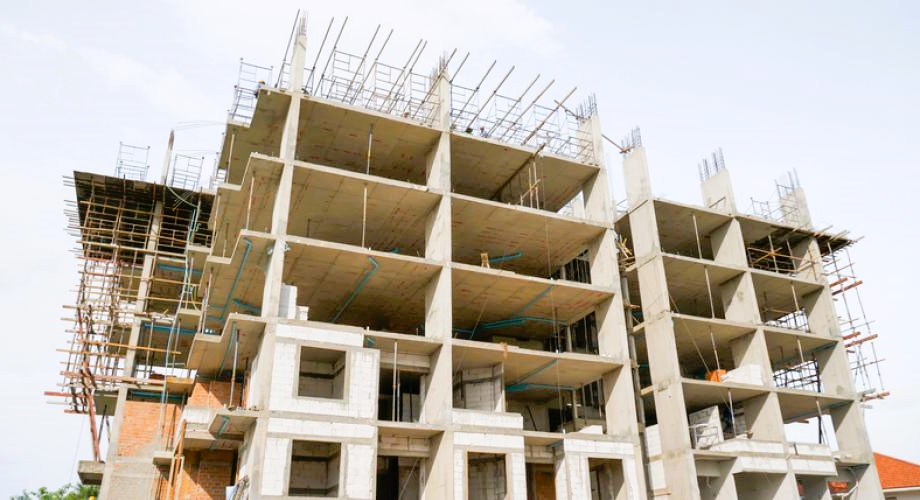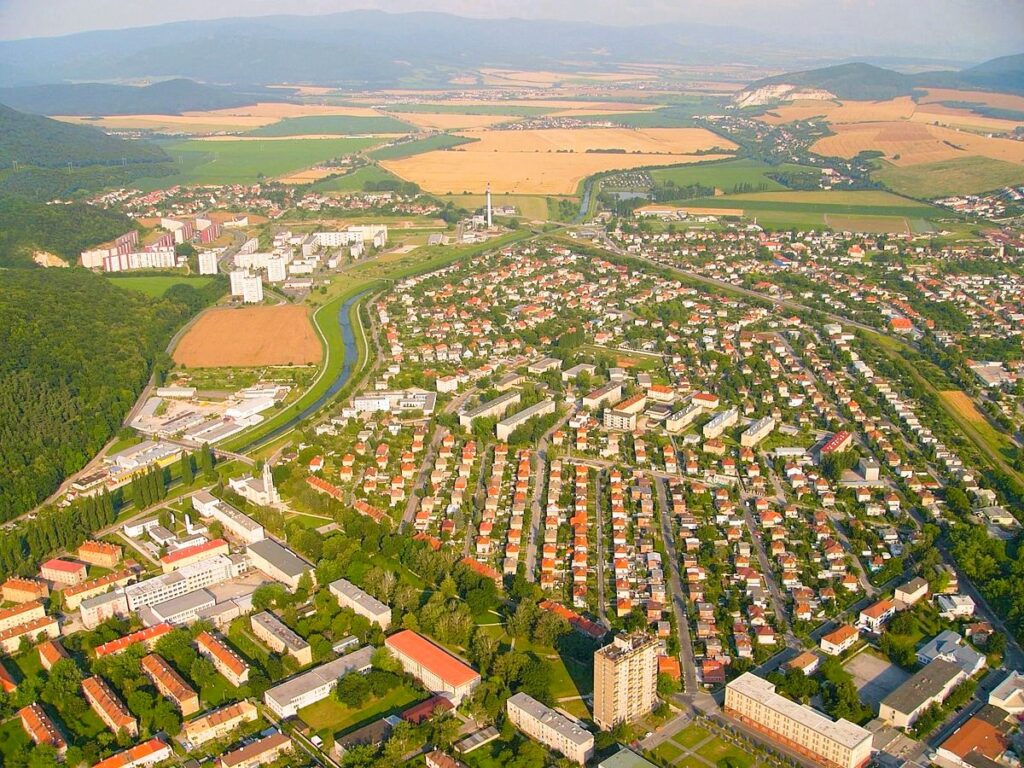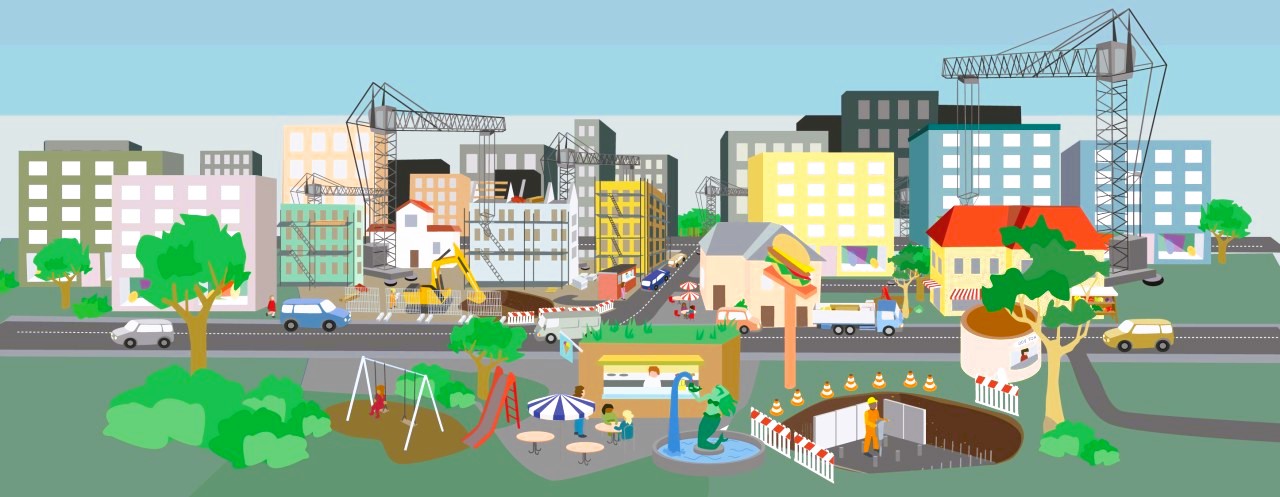How Construction Statistics Affect Urban Development
Urban development is a complex and dynamic process that shapes the growth, infrastructure, and quality of life in cities. Construction statistics play a pivotal role in influencing urban development strategies, decision-making, and sustainability efforts. In this article, we will explore the multifaceted relationship between construction statistics and urban development, highlighting their impact on the planning, design, and management of urban areas.
Understanding Urban Development
Urban development encompasses the physical, economic, social, and environmental changes that occur within cities and metropolitan regions. It involves various components, such as:
- Infrastructure Development: The construction of roads, bridges, public transportation systems, water supply networks, and sewage systems.
- Housing and Real Estate: The construction of residential and commercial properties, which affects housing availability and property values.
- Environmental Sustainability: Initiatives to reduce pollution, improve air quality, promote green spaces, and mitigate the urban heat island effect.
- Economic Growth: Strategies to attract businesses, create job opportunities, and stimulate economic activities.
- Social Equity: Efforts to ensure that urban development benefits all residents, addressing issues of affordability, accessibility, and inclusivity.
The Impact of Construction Statistics on Urban Development

Construction statistics provide essential data and insights that inform urban development in several key ways:
1. Infrastructure Planning and Investment
Urban development relies on well-planned and efficiently managed infrastructure. Construction statistics, such as data on transportation usage, road conditions, and utility demands, guide city planners and government officials in making informed decisions regarding infrastructure development and investment. This data helps determine where new roads, bridges, public transit lines, and utilities are needed most.
Link to Infrastructure Planning: Infrastructure Planning – canada.ca
2. Housing Market Analysis
The housing market is a critical component of urban development. Construction statistics related to housing, such as building permits, housing starts, and property values, help policymakers and real estate professionals assess the demand for housing and plan for new residential developments. This data informs decisions on zoning, land use regulations, and affordable housing initiatives.
3. Environmental Impact Assessment
Sustainable urban development is increasingly important to combat climate change and ensure the well-being of city residents. Construction statistics related to energy consumption, carbon emissions, and waste generation from construction activities are vital for assessing the environmental impact of development projects. This data informs strategies for reducing a city’s carbon footprint and promoting sustainable construction practices.
4. Economic Growth Strategies
Urban development is closely tied to economic growth. Construction statistics provide insights into the construction industry’s contribution to the local economy. This data helps city planners and economic development agencies identify opportunities for job creation, business growth, and investment in sectors related to construction and infrastructure. Economic Impact of the Construction Industry in Canada, What Should You Know?
5. Land Use and Zoning Decisions
Effective land use and zoning decisions are essential for shaping urban areas. Construction statistics aid in determining the most appropriate land use for specific locations within a city. This includes decisions on residential, commercial, industrial, and green space zoning, which influence the overall character and functionality of urban neighborhoods.
Case Study: Sustainable Transportation Planning
To illustrate the impact of construction statistics on urban development, let’s examine a case study related to sustainable transportation planning.

Case Study: A city aims to reduce traffic congestion and promote eco-friendly transportation options. Construction statistics reveal a significant increase in the number of commuters using bicycles and public transit. This data prompts city officials to allocate resources to the expansion of bike lanes, the development of a more extensive public transit network, and the creation of pedestrian-friendly infrastructure. As a result, the city becomes more accessible and environmentally friendly, contributing to a healthier and more sustainable urban environment.
Challenges and Future Trends
While construction statistics play a vital role in urban development, several challenges and future trends are worth noting:
- Data Integration: Urban development involves diverse data sources, and integrating these sources for comprehensive analysis remains a challenge.
- Smart Cities: The emergence of smart city technologies is generating vast amounts of data. Analyzing this data will become increasingly important for informed urban development decisions.
- Resilience Planning: Future urban development will focus on resilience in the face of climate change and natural disasters, necessitating the integration of climate data and risk assessments.
Conclusion
Construction statistics are integral to the strategic planning and sustainable development of urban areas. As cities continue to grow and evolve, the data-driven insights provided by construction statistics will play a central role in shaping urban development strategies that enhance infrastructure, promote economic growth, ensure environmental sustainability, and create vibrant, livable cities for residents and future generations.
